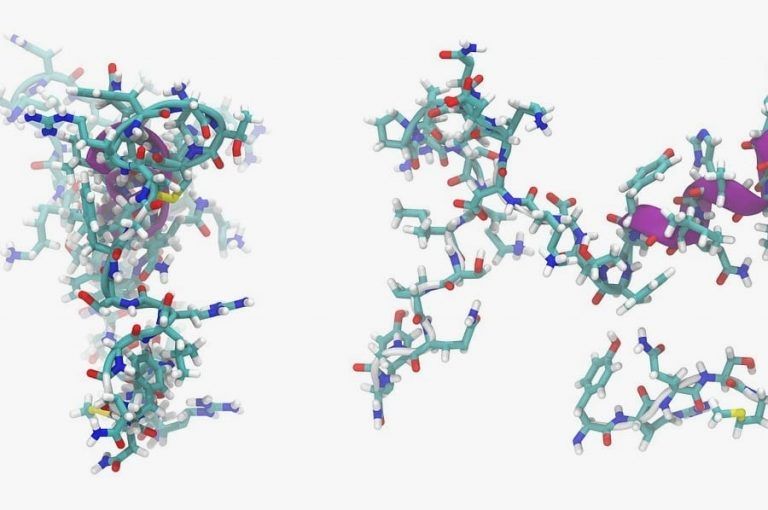MZ lifts the limits for visits to specialists

Ten post jest także dostępny w języku:
![]() polski
polski
Since 1 March 2020, the Ministry of Health has announced the abolition of the limits for first-time advice in four specialties: neurology, orthopaedics, endocrinology and cardiology. There is also a plan to increase the valuation of these benefits, with a target of almost 30%.
The biggest queues
According to the Deputy Minister of Health Janusz Cieszynski, these four types of clinics in Poland have the largest queues. About 700,000 patients are waiting in them.
The National Health Fund (NFZ) to encourage doctors to admit more patients pays about 50% more when they are admitted for the first time. This solution was introduced in the second half of 2019.
In 2019, a system of incentives was introduced for family doctors, who will receive a higher rate for treatment of patients with hypothyroidism, added the Deputy Minister. Currently, a system of better coordination between specialist care and primary health care is being introduced. The Ministry’s forecasts indicate that thanks to the new system the waiting time for an appointment with a specialist will be shortened and the effects will be visible already in the first half of the year.
Increase in the valuation of specialist services
The NFZ also intends to increase the valuation of all specialist benefits. In July 2020, it will increase by approximately 17 %, in January 2021 by another 10%. According to the Deputy Minister, the implementation of the strategy envisages increasing the role of the benefits provided within the framework of outpatient care. Lifting the limits and increasing the valuations for four types of advice in 2020 will cost about PLN 300m.
CT and MRI without limit
In April 2019, the limits for computed tomography (CT), magnetic resonance imaging (MRI), cataract surgery and hip and knee replacement were lifted. As a result, between November 2018 and November 2019 the number of MRI examinations increased by 30% and the average waiting time decreased by 35-36% depending on the patient’s admission procedure.
The queues for cataract surgery have decreased the most. The average waiting time decreased by 25-34%, and in urgent cases the number of patients decreased by 52%.






